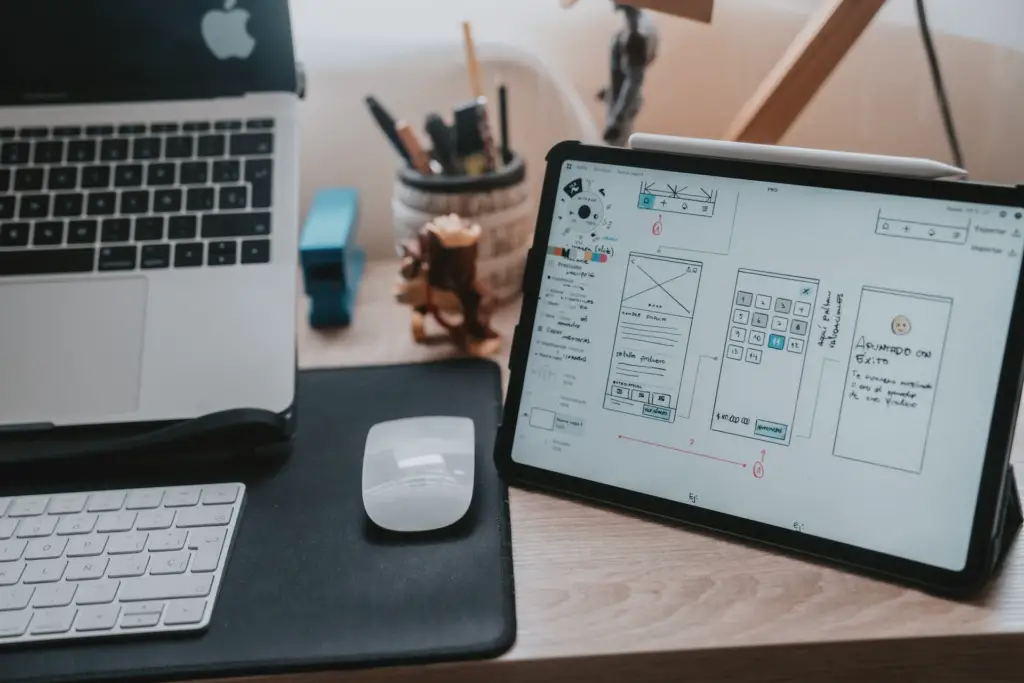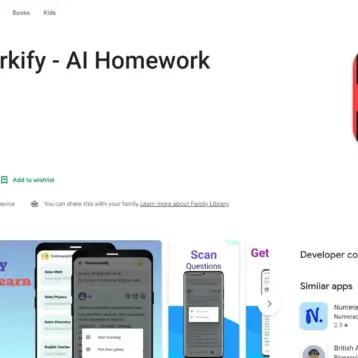The use of Learning Management Systems (LMS) has significantly increased in the field of education in recent years. These systems provide a platform for educators to manage their courses and allow students to access learning materials and interact with their instructors. However, with the growing number of courses and educational resources, searching for and discovering content has become more challenging.

Streamlining course search and discovery in LMS UI/UX innovations often involves educators weighing the options Teachable vs. Thinkific. These platforms offer distinct features designed to enhance the learning experience. This blog post explores some UI/UX innovations in LMSs that aim to simplify the process of finding and exploring courses.
1. Search Filters
One notable advancement in LMS UI/UX is incorporating search filters. These filters enable users to refine their search results based on criteria such as level, subject, duration, and instructor. Using these search options, students can quickly find courses matching their interests and academic requirements, saving time and effort.
Moreover, LMSs now integrate natural language processing capabilities that allow users to search using language rather than relying on specific keywords. This enhances the user experience by making it easier for students to find the courses.
2. Recommendations
Customized recommendations have revolutionized the way we search and discover courses. Learning management systems (LMSs) now utilize machine learning algorithms to analyze user behavior, preferences, and past course history to offer tailored suggestions. These recommendations can include courses, choices among peers, and practices that align with the user’s academic and career objectives.
By personalizing course recommendations, LMSs address the issue of information overload and provide students with options that cater to their specific needs. This feature not only enhances the user experience but also boosts student engagement and motivation, ultimately improving learning outcomes.
3. Visual Course Previews
Apart from text-based course descriptions, LMSs have also introduced visual course previews. These previews incorporate images, videos, and interactive elements to give students understanding of what a course entails. Visual previews assist students in making decisions and can capture their interest in exploring practices they might have otherwise overlooked based solely on textual information.
By providing a sneak peek into the content and teaching style of a course, visual previews enhance the user experience and empower students to make well-informed choices regarding their education.
Also Read: Top 9 Educational Search Engines for Students.
4. Social Learning Features
Another advancement in UI/UX within LMSs is integrating social learning features. These features promote collaboration and knowledge sharing among peers. Students can actively participate in discussions, create study groups, and share resources through the LMS platform, which enhances the learning experience by making it more dynamic and interactive.
Social learning features contribute to a sense of community and offer students valuable opportunities to gain insights and support from classmates. By leveraging the power of interaction, LMSs are elevating the learning experience and facilitating the discovery of educational resources with great value.
5. Design Focused on Mobile Accessibility
Given the use of smartphones and tablets, LMS platforms must be easily accessible on devices. LMS providers have increasingly adopted a design approach that prioritizes compatibility, ensuring user interfaces are intuitive and optimized for screens.
Mobile-friendly LMS interfaces enable students to conveniently access course materials, actively participate in discussions, and submit assignments while on the move. This flexibility eliminates the limitations imposed by classroom settings, empowering students to learn whenever and wherever they choose.
Also Read: Websites That Can Easily Impress Any College Teacher
Conclusion
As online education continues to evolve, LMS providers are constantly working towards enhancing the discovery process of courses. Through search filters, personalized recommendations, visual course previews, social learning features, and a focus on accessibility in design principles, LMSs are streamlining how students connect with educational content. These new user interfaces and user experience advancements improve how users interact with technology and impact learning effectiveness. Learning management systems (LMSs) are changing how we explore, access, and involve ourselves in materials by providing students with course choices and promoting collaboration.










